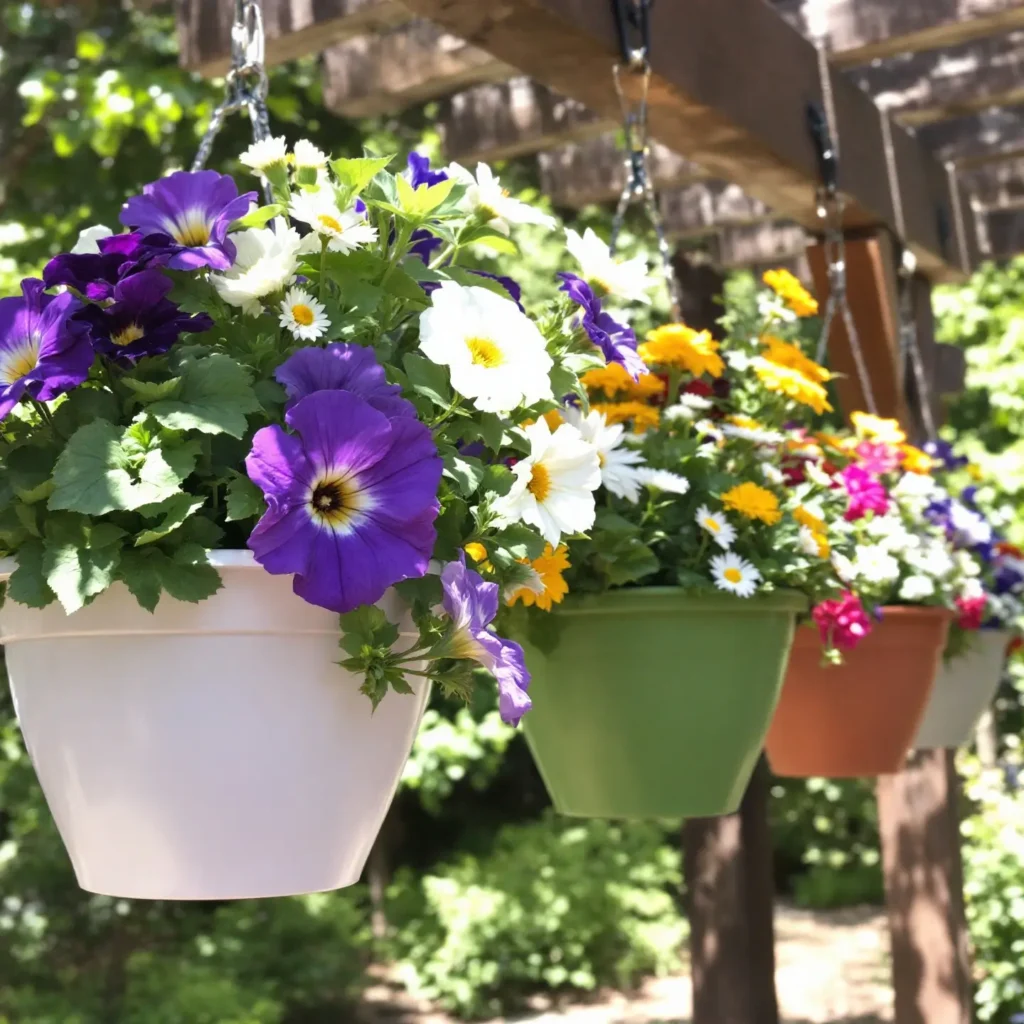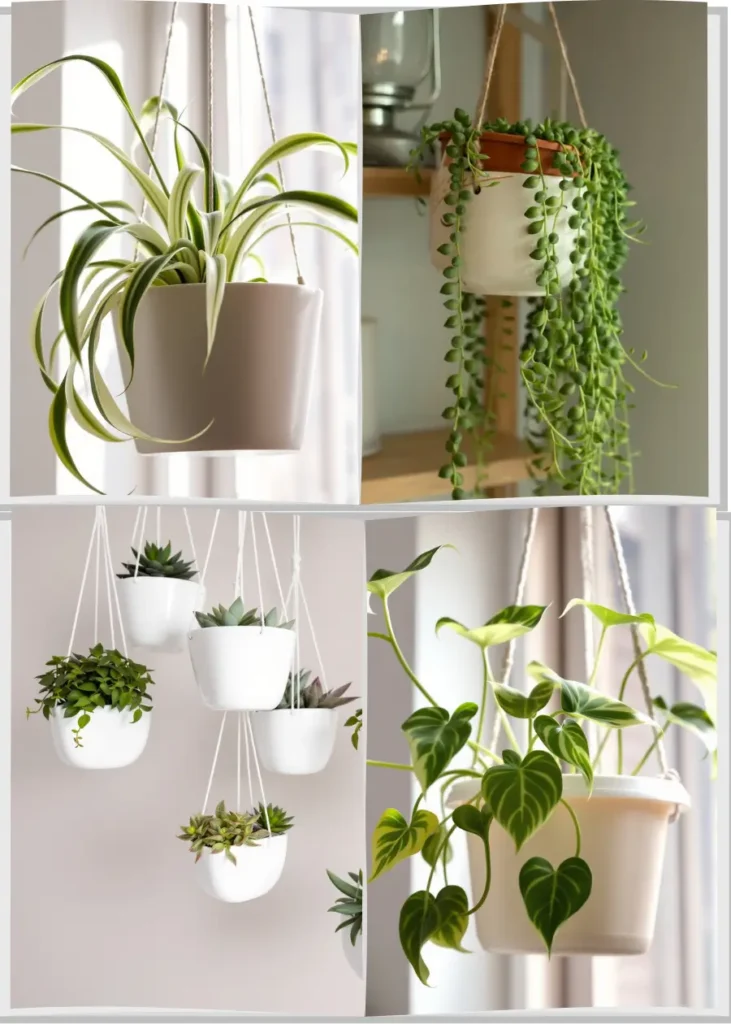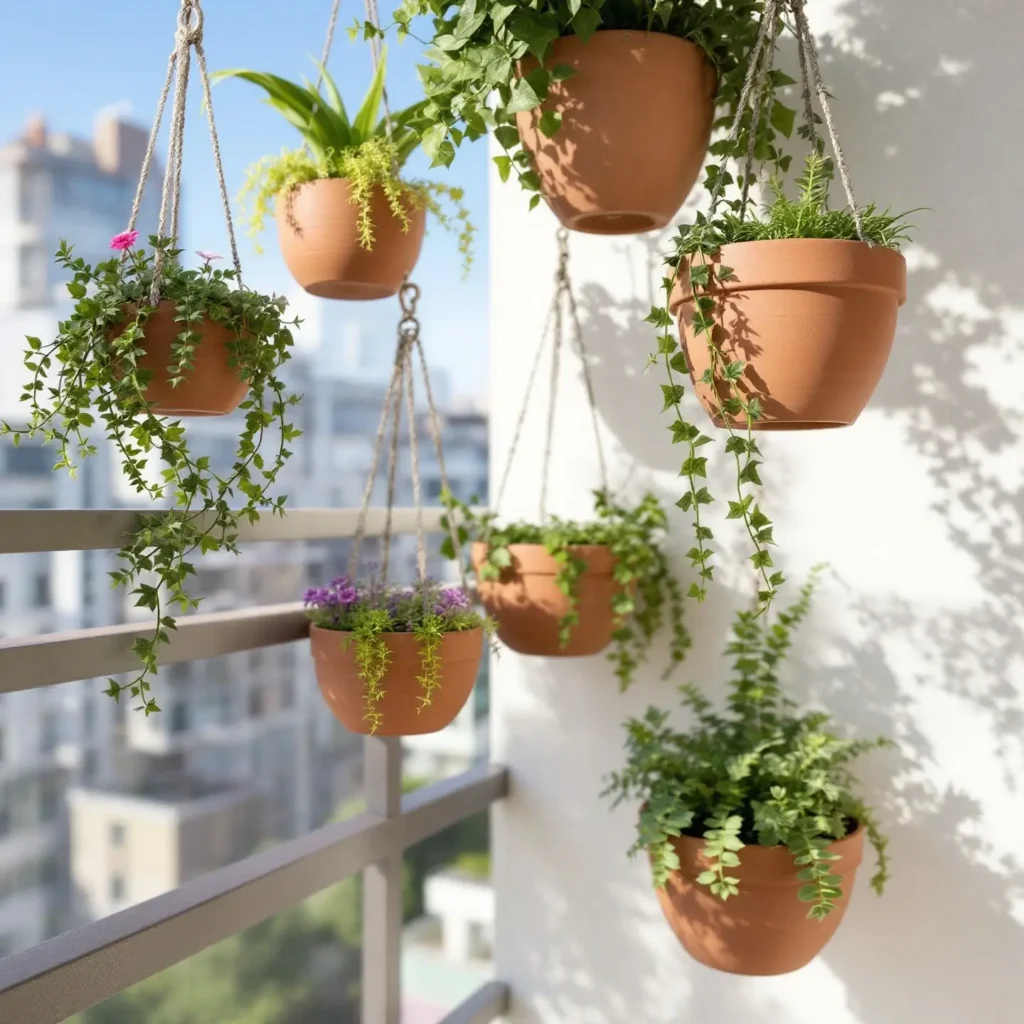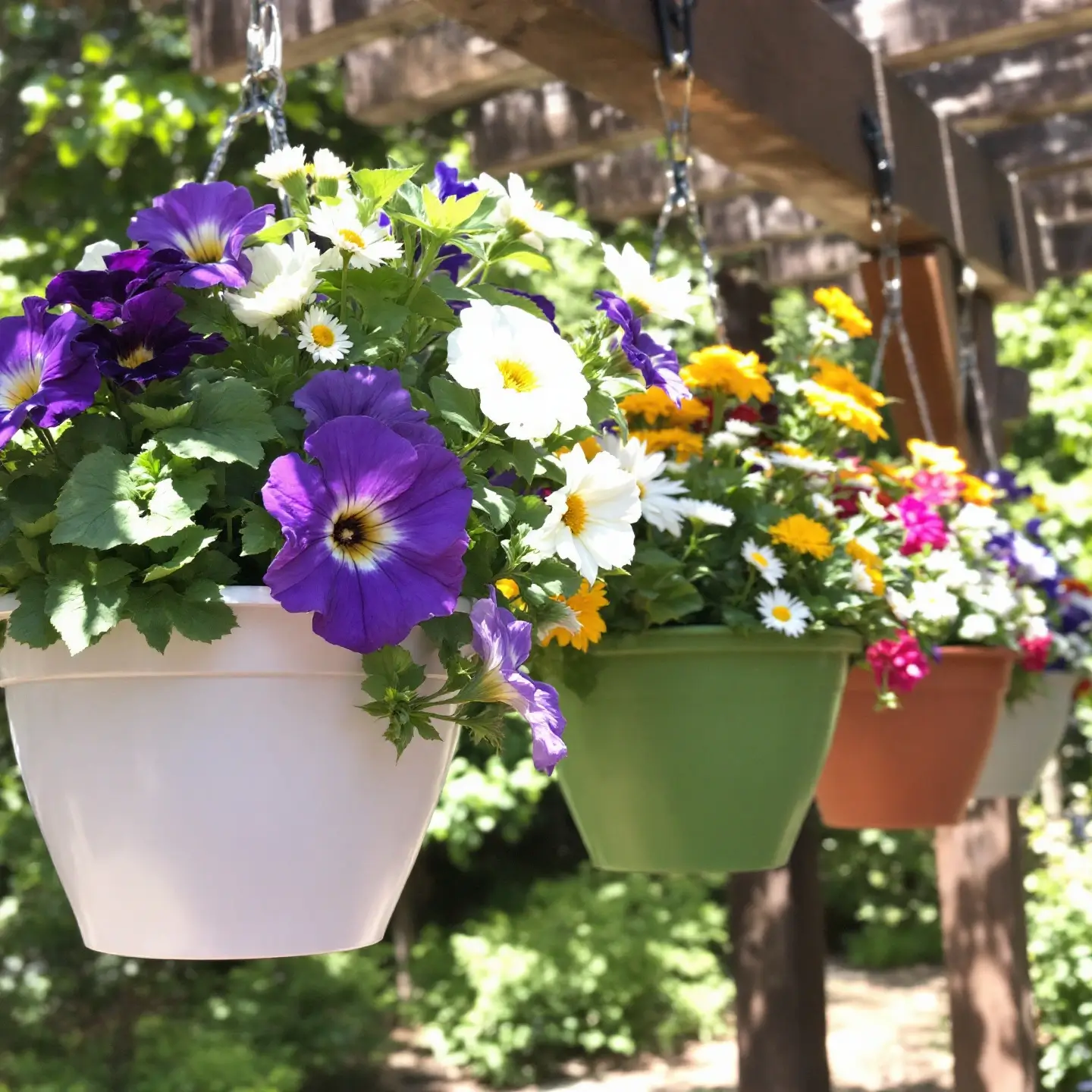Introduction:
Welcome to the world of plastic hanging planters! If you’re a beginner gardener looking to add a touch of greenery to your home without taking up floor space, plastic hanging planters are your perfect solution. These versatile hanging planter boxes not only improve the aesthetic appeal of your space but also offer a practical way to grow different types of plants. In this article, we’ll explore the benefits of using plastic hanging planters, how to care for them, and common mistakes to avoid. Let’s dive in!


Table of Contents
Benefits of Plastic Hanging Planters:
Plastic hanging planters are lightweight, durable, available in a different of styles, sizes and colors to suit any interior or exterior design. They are perfect for both indoor and outdoor use, providing flexibility in placement. Additionally, plastic planters retain moisture better than some other materials, reducing the frequency of watering.
Types of Plants for Hanging Planters:
Plant TypeLight RequirementsWatering NeedsSpecial Notes
Spider Plant Indirect sunlight Moderate Great for air purification
Pothos Low to bright light Low Tolerant of neglect


Ferns Indirect sunlight High Keep soil consistently moist
Succulents Bright light Low Allow soil to dry between waterings
Easy Care Tips and Mistakes to Avoid:
Use well-draining soil Overwatering
Rotate plants for even growth Ignoring light requirements
Fertilize monthly Using the wrong type of fertilizer
Essential Garden Equipment:
- Plastic hanging planters
- Potting soil
- Watering can
- Fertilizer
- Pruning shears
Step-by-Step Planting Instructions:
- Choose Your Planter: Select a plastic hanging planter that suits your style and the plant’s needs.
- Prepare the Soil: A well-draining potting mix suitable for your chosen plant.
- Planting: Remove the plant from its nursery delicately pot and place it in the hanging planter. Fill with soil, leaving space at the top for watering.
- Watering: Water the plant, allowing excess water to drain out.
- Placement: Hang the planter in a location that meets the plant’s light requirements (ex: entry door).
Tips and Tricks from the Community:
- Tip: Use a moisture meter to avoid overwatering.
- Trick: Add a layer of pebbles at the bottom of the planter for better drainage.
- Common Mistake: Placing plants in direct sunlight when they require indirect light.
Creative Placement Ideas:
- Hang planters at varying heights for a dynamic look.
- Use in small spaces like balconies or patios to maximize greenery.
- Combine different plant types for a lush, layered effect.


FAQ Section:
Q: How often should I water my hanging planters?
A: It depends on the plant type and environment, but generally, when the top inch of soil feels dry.
Q: Can I use plastic hanging planters outdoors?
A: Definately, they are suitable for both indoor and outdoor use, they can be used as a Front Door Plant.
Who Should Skip Plastic Hanging Planters?
If you live in an area with extreme weather conditions, plastic hanging planters might not be the best choice as they can become brittle in very cold temperatures. Morover, if you have sensitive skin, be cautious when handling certain plants that may cause irritation. Always wear gloves and consult with a gardening expert if unsure.
What Do You Think?
We’d love to hear about your experiences with plastic hanging planters! Share your tips, ask questions, or suggest other plants to try in the comments below. Happy gardening!
Conclusion:
Plastic hanging planters are a fantastic way to bring nature into your home, especially for beginner gardeners. They offer flexibility, ease of care, and a wide range of aesthetic options. Whether you’re looking to purify the air or simply add a splash of green, these planters are a great choice.

